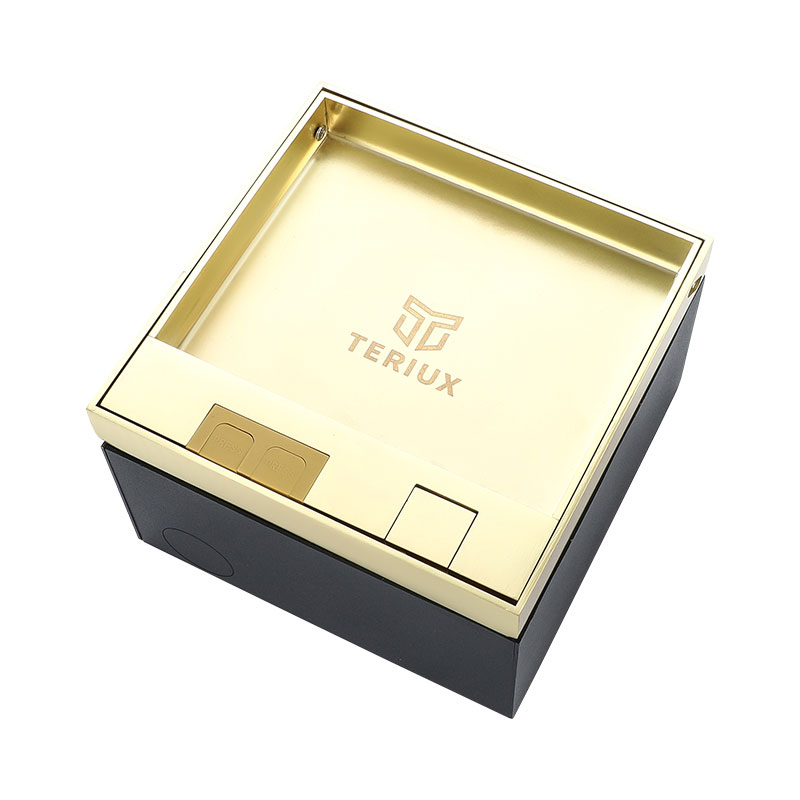The application of Socket in house decoration
2025-06-12
Sockets play a critical role in house decoration, providing both functionality and aesthetic value. Here’s how they’re used in various areas of interior design:
1. Power Supply
Essential for Electrical Devices: Sockets are fundamental for providing electricity to devices such as lamps, TVs, kitchen appliances, computers, and more. Ensuring there are enough sockets in strategic locations is key to keeping the house functional.
2. Aesthetic Integration
Modern and Sleek Designs: Today, sockets come in various styles and finishes (e.g., brushed steel, matte black, wood finish) that can complement the decor. For example, in minimalist or modern homes, sockets can be recessed into the wall or hidden in furniture to keep the design clean.
Color Coordination: Sockets and switches can be customized to match or contrast with wall colors, textures, and furniture styles, adding to the overall aesthetic.
3. Smart Sockets and Home Automation
Convenience and Innovation: Smart sockets, which allow for remote control of electrical appliances via apps, are increasingly popular. These can integrate seamlessly into home automation systems and help manage power use in a more efficient, futuristic way.
4. Outdoor and Landscape Design
Outdoor Sockets: Weather-resistant sockets are used in outdoor spaces, like patios or gardens, to power outdoor lighting, fountains, or other electric equipment. They can be built into the design to be discrete yet accessible when needed.

5. Hidden or Concealed Sockets
Hidden Sockets: In some high-end homes, sockets can be cleverly concealed inside furniture, like desks, or behind panels, making them invisible when not in use. This is especially common in luxurious or highly designed spaces where every element contributes to the overall aesthetic.
Pop-up Sockets: These are a great choice for kitchen islands or workspaces, where they can be concealed until needed. When popped up, they provide accessible power outlets without disrupting the design.
6. Placement Considerations
Strategic Positioning: The location of sockets is key to maintaining the flow and organization of a space. For example, placing them near bedside tables, along the edges of counters, or behind entertainment units ensures that cables remain discreet and tidy.
Height and Accessibility: In areas like kitchens and bathrooms, the height at which sockets are placed can affect both their functionality and design impact. For example, sockets near countertops are typically at a height that makes them accessible yet less noticeable.
7. Decorative Sockets
Unique Shapes & Designs: Sockets with unique shapes, finishes, or even LED lighting features can act as decorative elements that blend seamlessly into a room’s decor. Some modern designs have sockets that light up subtly, acting as both functional and stylish pieces.
8. Integrated in Furniture
Socket Integration: Sockets can be integrated into furniture pieces like desks, bookshelves, and kitchen islands. This not only improves the usability of the space but also reduces visible clutter caused by cords and cables.


